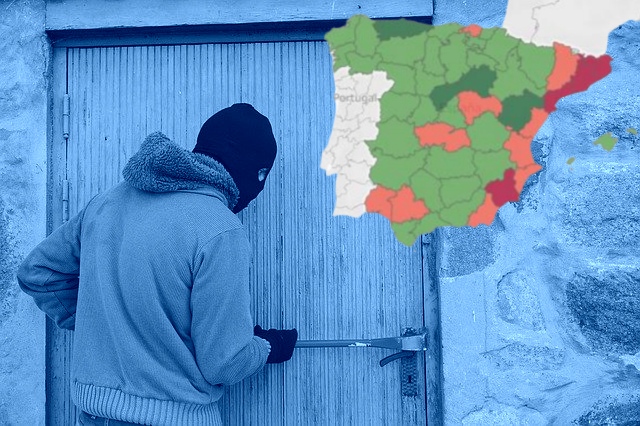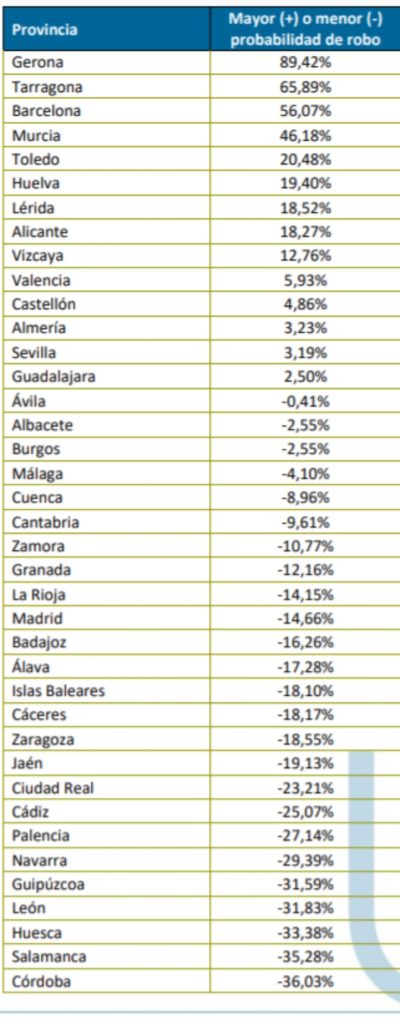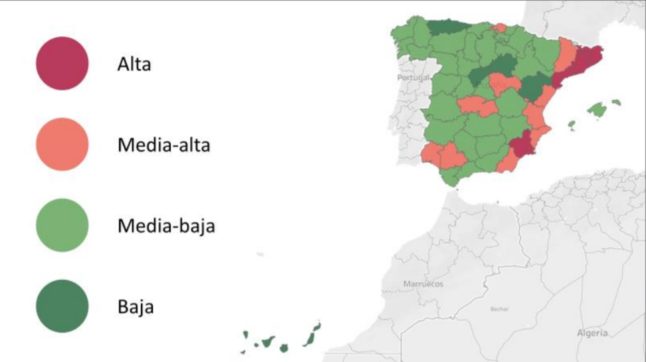But the Covid pandemic with its lockdown and travel restrictions have changed what potential buyers are looking for in their future homes in Spain, as well as what they’re trying to avoid in a property.
Paywall free
LIVING IN SPAIN
Living in Spain: Six essential articles to read
From tax advice and questions about residency to tips on language and Spanish culture shocks, here are six essential articles to read if you live in Spain.
Published: 9 October 2021 10:00 CEST
Updated: 9 October 2021 12:07 CEST
Updated: 9 October 2021 12:07 CEST
One of the toughest challenges for foreigners in Spain is understanding the country’s tax system. The Local spoke to some financial experts to find out how foreigners can avoid getting into trouble with the country’s tax agency.
Whether you’re a UK citizen who is considering becoming a resident in Spain after Brexit, or a foreigner from another country who wants to make Spain their home, there are several important matters to keep in mind before making the decision.
People decide to move to Spain for a variety of reasons – the great weather, the culture, the food and the low cost of living among others.
While it’s not necessarily true that everything in Spain is cheaper than the UK and other EU countries, these are the things that you definitely will find less costly.
Former BBC journalist Paul Burge has lived in Spain for nearly six years but there’s some things about his adopted home that he just can’t get used to. You might be able to identify with a few of these.
Although it’s a generalisation, it’s fair to say that before the pandemic many Spaniards didn’t give too much importance to where they put their head down to sleep at night.
How do you know when you’ve really mastered the Spanish language? If you can tick off most of the points on this list, then are well on your way.
READ MORE: 12 signs you’ve nailed the Spanish language
Url copied to clipboard!





 Please whitelist us to continue reading.
Please whitelist us to continue reading.
Member comments